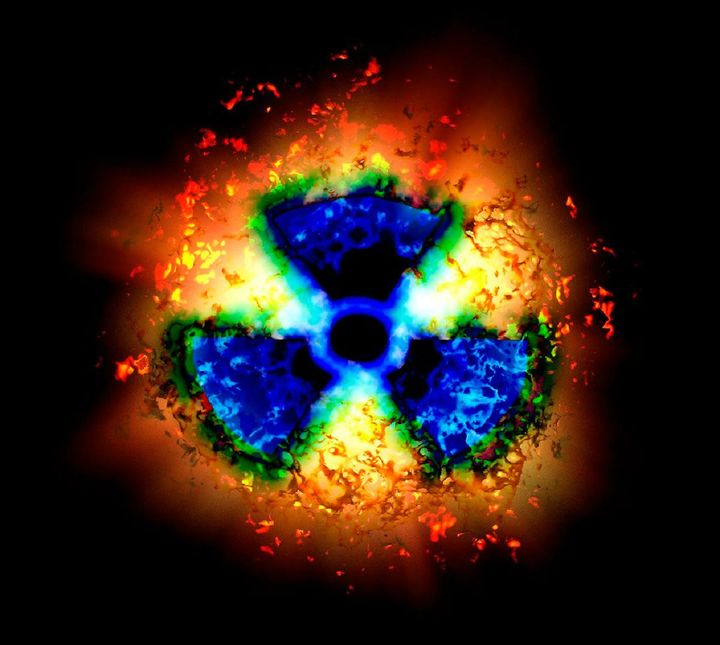
While dreaming up the problem-solving infrastructure of 2050, innovators may want to address a management nightmare: nuclear stockpiles. Whether you’re focused on the transportation of freight, people, or utilities-- the outdated infrastructure of The United States’ intercontinental ballistic missiles is a cautionary tale that continues to haunt us, long after we've more or less come to the global consensus that actually using nuclear weapons isn't exactly a realistic option.
With more than 4,800 missiles-- all capable of traveling thousands of miles and destroying entire cities -- these mothballed holdovers from the Cold War need some serious re-engineering. The latent threat of malfunction or detonation in an unintended crash zone during transportation may seem like a long-shot, but it's not as unrealistic as you might think. To dream about 2050, we might want to prevent a doomsday scenario from taking place between now and then.
It’s easy to lose perspective, so let’s consider this: The Cold War technically began in 1947, shortly after World War II. That’s nearly 70 years ago! Granted, none of the silos in question were built as far back as the forties -- but many of them were built in the 1950s! That means they've already celebrated their half-century birthdays, which is a lot of time for a structure of any kind to weather. As we discussed last month, until humans begin designing “antifragile” structures, the maintenance of infrastructure requires time and funds equivalent to (and then exceeding) those necessary for the construction itself! As described in the book Drift, maintaining the United States nuclear stockpile is comparable to an $8T fungus problem. Yes, that's "Trillion." Dollar. Fungus. You can't make this stuff up.
In a certain (demented?) light, 4,800 neglected missiles could almost seem quaint, like the thousands of abandoned “Muffler Men” spread across the continent. After all, broken doors, floppy disks, and fungus may seem like minor problems compared to collapsing bridges, traffic jams, and contaminated water (and I think to myself, what a wonderful world!) But, these are nuclear bombs. Real ones. As they deteriorate, they do not simply become inert like abandoned vehicles left in backyards, eventually looking pretty rad. No. Instead, they become unstable nuclear bombs, eventually looking pretty radioactive.
So, as you continue your process of imagining the infrastructure innovations of 2050… imagine how, along the way, your design might help mitigate THIS.








